administration
« The Stela of the Viceroy Usersatet (Boston MFA 25.632), his Shrine at Qasr Ibrim, and the Festival of Nubian Tribute under Amenhotep II »
ENiM 7, 2014, p. 239-276.
 La stèle de Semna, du vice-roi de Nubie de la XVIIIe dynastie, Ousersatet, consigne un conseil donné par Amenhotep II à son vice-roi sous la forme d’une copie monumentale de la transcription personnelle du roi de son propre décret royal à Ousersatet. Le décret fut promulgué durant une fête célébrant l’accession royale, à une date secondaire, apparemment pour lier l’accession royale à la fête k?-?r-k?, à l’image de Ramsès III qui, plus tard, célébrera à la fois son accession et une fête de l’accession royale associée à la fête de Néhebkaou. Dans ce texte, Amenhotep II conseille Ousersatet quant aux interactions des Égyptiens et Nubiens avec l’administration du vice-roi et éclaire un peu les relations entre le roi, le vice-roi et les membres nubiens de la bureaucratie égyptienne du sud. La nature apparemment obscure et poétique du conseil royal et le manque de clarté quant à la situation d’Amenhotep II lorsqu’il le prodigue expliquent l’attention portée à ce texte, mais un certain manque de rigueur dans l’interprétation a obscurci plusieurs analyses de l’inscription. Un nouveau collationnement et un examen du texte de la stèle révèlent qu’Amenhotep II aborde apparemment la question de l’intégration croissante, par le vice-roi, de Nubiens dans les niveaux les plus élevés de l’administration du sud. Amenhotep II utilise une formule apparemment proverbiale qui fait référence à la transmission de l’autorité plus ancienne du vice-roi aux plus grandes divisions de la bureaucratie, et à la création d’un équivalent nubien du vice-roi, ce dernier restant néanmoins le primus inter pares de l’administration.
La stèle de Semna, du vice-roi de Nubie de la XVIIIe dynastie, Ousersatet, consigne un conseil donné par Amenhotep II à son vice-roi sous la forme d’une copie monumentale de la transcription personnelle du roi de son propre décret royal à Ousersatet. Le décret fut promulgué durant une fête célébrant l’accession royale, à une date secondaire, apparemment pour lier l’accession royale à la fête k?-?r-k?, à l’image de Ramsès III qui, plus tard, célébrera à la fois son accession et une fête de l’accession royale associée à la fête de Néhebkaou. Dans ce texte, Amenhotep II conseille Ousersatet quant aux interactions des Égyptiens et Nubiens avec l’administration du vice-roi et éclaire un peu les relations entre le roi, le vice-roi et les membres nubiens de la bureaucratie égyptienne du sud. La nature apparemment obscure et poétique du conseil royal et le manque de clarté quant à la situation d’Amenhotep II lorsqu’il le prodigue expliquent l’attention portée à ce texte, mais un certain manque de rigueur dans l’interprétation a obscurci plusieurs analyses de l’inscription. Un nouveau collationnement et un examen du texte de la stèle révèlent qu’Amenhotep II aborde apparemment la question de l’intégration croissante, par le vice-roi, de Nubiens dans les niveaux les plus élevés de l’administration du sud. Amenhotep II utilise une formule apparemment proverbiale qui fait référence à la transmission de l’autorité plus ancienne du vice-roi aux plus grandes divisions de la bureaucratie, et à la création d’un équivalent nubien du vice-roi, ce dernier restant néanmoins le primus inter pares de l’administration.
 The Semna stela of the Eighteenth Dynasty Viceroy of Nubia, Usersatet, records Amenhotep II’s advice to his viceroy in the form of a monumental copy of the king’s personal transcription of his own royal decree to Usersatet. The decree was issued during a festival celebrating the royal accession on a secondary date, apparently in order to link the king’s accession to the k?-?r-k? festival, just as Ramesses III later would celebrate both his actual accession and a festival of royal accession associated with the Nehebkau festival. Amenhotep II offers advice to Usersatet regarding interactions of Egyptians and Nubians within the viceregal administration, and shed some light on the interactions of king, viceroy, and Nubian members of the Egyptian bureaucracy in the south. The seemingly obscure and poetic nature of the king’s advice, and the lack of clarity regarding the situation about which Amenhotep II offers his advice, have led to considerable modern attention to the text, but a certain looseness of interpretation has plagued many examinations of the inscription. A new collation of the stela, and an examination of the text, reveal that Amenhotep II was apparently addressing the viceroy’s increasing integration of Nubians into the higher levels of the southern administration. Amenhotep II quotes an apparently proverbial saying that refers to a devolution of earlier viceregal authority into greater divisions of bureaucracy, and the creation of a Nubian counterpart to the viceroy, the latter remaining nevertheless the primus inter pares of the administration.
The Semna stela of the Eighteenth Dynasty Viceroy of Nubia, Usersatet, records Amenhotep II’s advice to his viceroy in the form of a monumental copy of the king’s personal transcription of his own royal decree to Usersatet. The decree was issued during a festival celebrating the royal accession on a secondary date, apparently in order to link the king’s accession to the k?-?r-k? festival, just as Ramesses III later would celebrate both his actual accession and a festival of royal accession associated with the Nehebkau festival. Amenhotep II offers advice to Usersatet regarding interactions of Egyptians and Nubians within the viceregal administration, and shed some light on the interactions of king, viceroy, and Nubian members of the Egyptian bureaucracy in the south. The seemingly obscure and poetic nature of the king’s advice, and the lack of clarity regarding the situation about which Amenhotep II offers his advice, have led to considerable modern attention to the text, but a certain looseness of interpretation has plagued many examinations of the inscription. A new collation of the stela, and an examination of the text, reveal that Amenhotep II was apparently addressing the viceroy’s increasing integration of Nubians into the higher levels of the southern administration. Amenhotep II quotes an apparently proverbial saying that refers to a devolution of earlier viceregal authority into greater divisions of bureaucracy, and the creation of a Nubian counterpart to the viceroy, the latter remaining nevertheless the primus inter pares of the administration.
 Consulter cet article (45244) -
Consulter cet article (45244) -  Télécharger cet article au format pdf (24685)
Télécharger cet article au format pdf (24685)
« La carrière et la famille de Minhotep Houtoutou. Avec une note sur la date du pErmitage 1116-B verso »
ENiM 12, 2019, p. 123-136.
 L’examen de la stèle de Minhotep Houtoutou (Musée du Caire 17/5/25/7 [S.R. 12041]) et la confrontation avec un passage du papyrus Ermitage 1116-B verso, (38)-(39), permettent d’assurer que Minhotep Houtoutou fut bien un contemporain d’Amenhotep III et qu’il participa même à l’un des jubilés du roi. Il en résulte que le papyrus du pErmitage 1116-B verso est plus récent que le règne d’Amenhotep II auquel il a toujours été attribué, ce que confirme la présence d’un cartouche de Thoutmosis IV au lieu de celui reconnu jusqu’à présent comme appartenant à Thoutmosis III aux lignes (61) et (66). Minhotep pourrait également être le père du grand pontife d’Amon sous Toutânkhamon Parennefer / Ounennefer dont la tombe thébaine a été retrouvée en 1990 par Fr. Kampp et K. Seyfried et être apparenté à l’intendant Sennefer dont la tombe, située au pied de la falaise du Bubasteïon a été localisée et fouillée par A.-P. Zivie.
L’examen de la stèle de Minhotep Houtoutou (Musée du Caire 17/5/25/7 [S.R. 12041]) et la confrontation avec un passage du papyrus Ermitage 1116-B verso, (38)-(39), permettent d’assurer que Minhotep Houtoutou fut bien un contemporain d’Amenhotep III et qu’il participa même à l’un des jubilés du roi. Il en résulte que le papyrus du pErmitage 1116-B verso est plus récent que le règne d’Amenhotep II auquel il a toujours été attribué, ce que confirme la présence d’un cartouche de Thoutmosis IV au lieu de celui reconnu jusqu’à présent comme appartenant à Thoutmosis III aux lignes (61) et (66). Minhotep pourrait également être le père du grand pontife d’Amon sous Toutânkhamon Parennefer / Ounennefer dont la tombe thébaine a été retrouvée en 1990 par Fr. Kampp et K. Seyfried et être apparenté à l’intendant Sennefer dont la tombe, située au pied de la falaise du Bubasteïon a été localisée et fouillée par A.-P. Zivie.
 The study of the stela of Minhotep Hututu (Cairo Museum 17/5/25/7 [SR 12041]) and comparison with few lines of papyrus Ermitage 1116-B verso, (38) - (39), make sure that Minhotep Hututu was indeed contemporaneous with Amenhotep III, and that he even participated in one of the king’s jubilees. Consequently, papyrus Ermitage 1116-B verso is likely more recent than the reign of Amenhotep II to which it has always been attributed. This is also supported by two occurrences of a cartouche naming Thutmosis IV which were until now misinterpreted as cartouches of Thutmosis III [lines (61) and (66)]. Minhotep could also be the father of the high priest of Amun under Tutankhamun, Parennefer / Wenennefer, whose Theban tomb was found in 1990 by Fr. Kampp and K. Seyfried. He may also have been related to the steward Sennefer whose tomb, located at the foot of the Bubasteïon cliff, was located and excavated by A.-P. Zivie.
The study of the stela of Minhotep Hututu (Cairo Museum 17/5/25/7 [SR 12041]) and comparison with few lines of papyrus Ermitage 1116-B verso, (38) - (39), make sure that Minhotep Hututu was indeed contemporaneous with Amenhotep III, and that he even participated in one of the king’s jubilees. Consequently, papyrus Ermitage 1116-B verso is likely more recent than the reign of Amenhotep II to which it has always been attributed. This is also supported by two occurrences of a cartouche naming Thutmosis IV which were until now misinterpreted as cartouches of Thutmosis III [lines (61) and (66)]. Minhotep could also be the father of the high priest of Amun under Tutankhamun, Parennefer / Wenennefer, whose Theban tomb was found in 1990 by Fr. Kampp and K. Seyfried. He may also have been related to the steward Sennefer whose tomb, located at the foot of the Bubasteïon cliff, was located and excavated by A.-P. Zivie.
 Consulter cet article (39252) -
Consulter cet article (39252) -  Télécharger cet article au format pdf (19814)
Télécharger cet article au format pdf (19814)
ENiM 18 - 2025
5 article(s) - 2 avril 2025.
ENiM 1 à 18 (2008-2025) : 224 articles
4 662 027 téléchargements
9 399 967 consulations.
Index des auteurs

Mots clés

Derniers articles : 
Robert Steven Bianchi
Duplication and Continuity
(ENiM 18, p. 13-36 — 11 mars 2025) 
Frédéric Mougenot
Rénénoutet à la porte de la maison
(ENiM 18, p. 1-12 — 29 janvier 2025) 
CENiM - Mise en ligne des volumes Ă©puisĂ©s : 
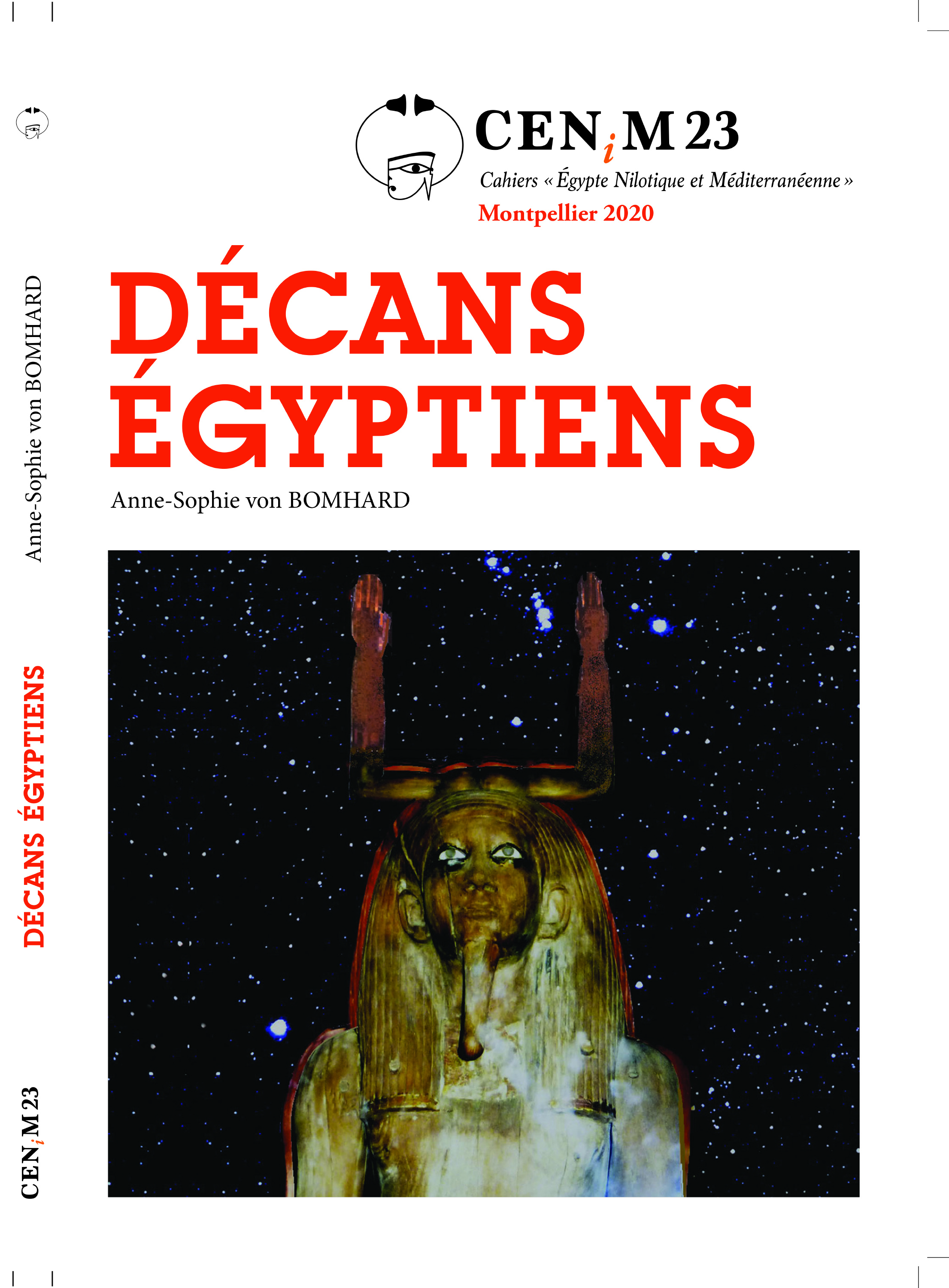 Anne-Sophie von BOMHARD DĂ©cans Ă©gyptiens, CENiM 23, Montpellier, 2020 — (2020)
Anne-Sophie von BOMHARD DĂ©cans Ă©gyptiens, CENiM 23, Montpellier, 2020 — (2020) 
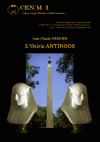 Jean-Claude Grenier L'Osiris ANTINOOS, CENiM 1, Montpellier, 2008 — (26 dĂ©cembre 2008)
Jean-Claude Grenier L'Osiris ANTINOOS, CENiM 1, Montpellier, 2008 — (26 dĂ©cembre 2008) 
TDENiM - Mise en ligne des volumes Ă©puisĂ©s : 
 Twitter
Twitter 3817018 visites - 626 visite(s) aujourd’hui - 59 connecté(s)
© ENiM - Une revue d’égyptologie sur internet
Équipe Égypte Nilotique et Méditerranéenne - UMR 5140 - « Archéologie des Sociétés Méditerranéennes » (Cnrs) - Université Paul Valéry - Montpellier III
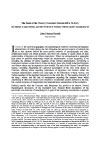
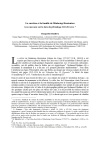
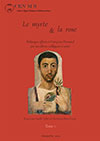
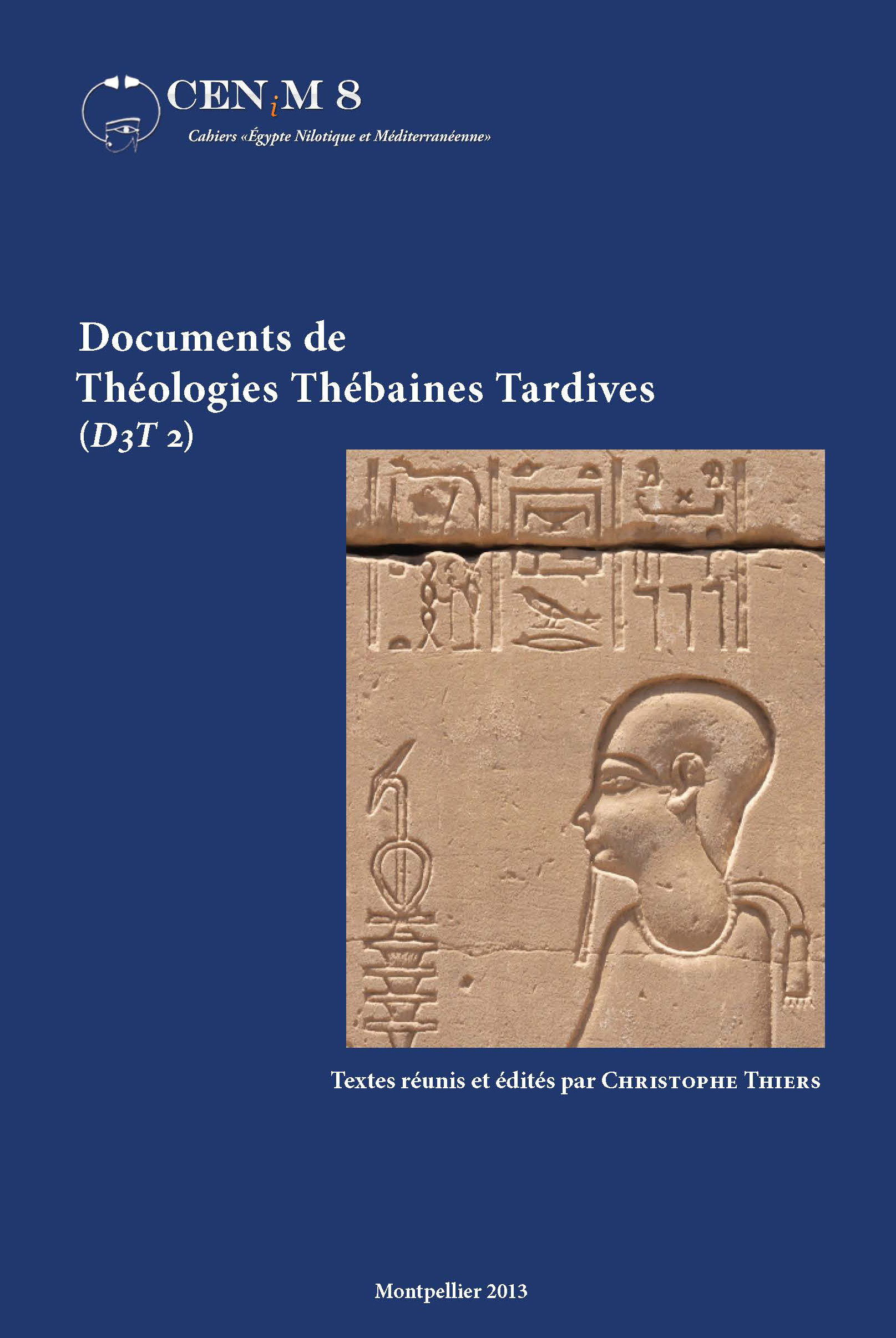

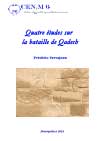
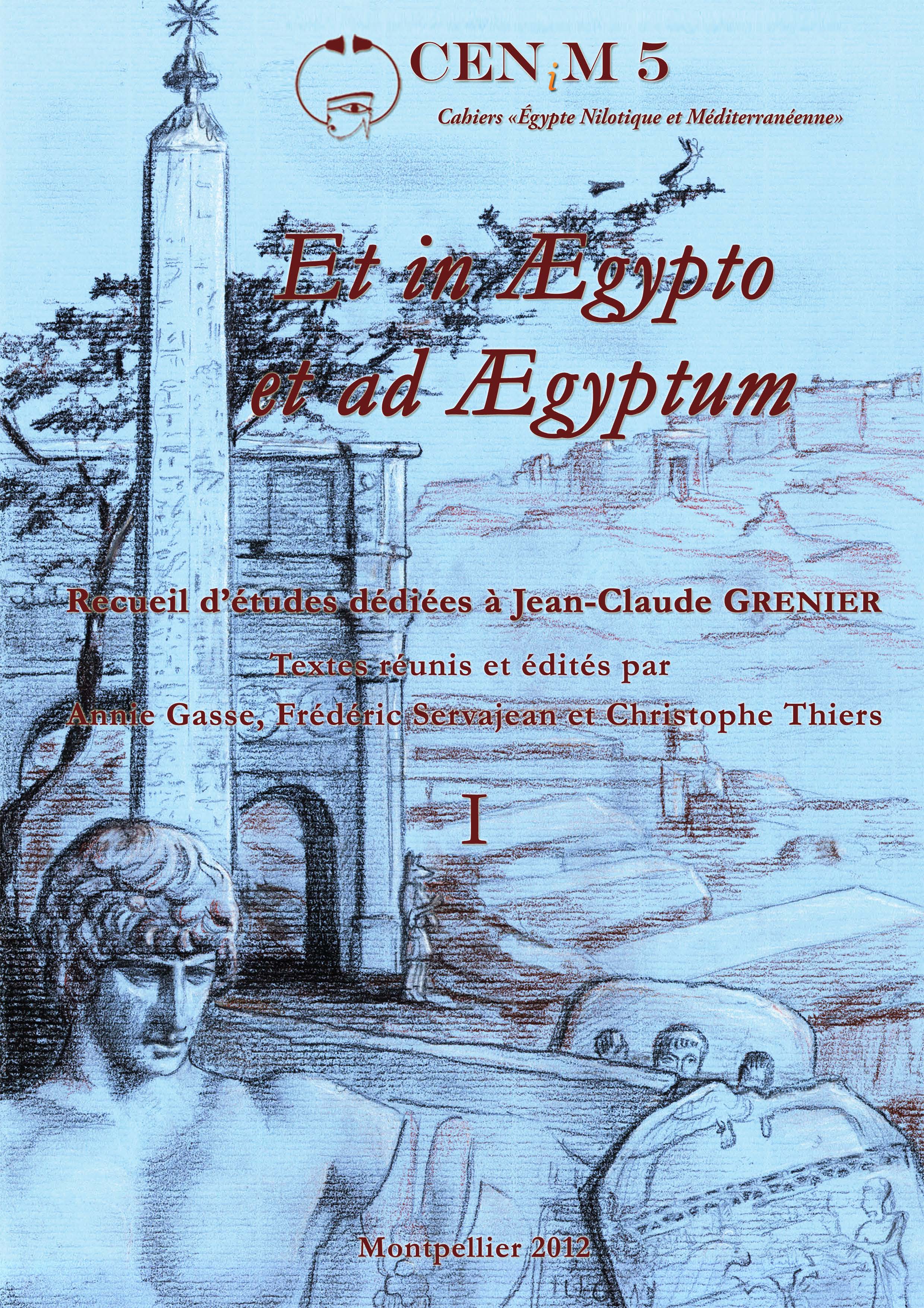
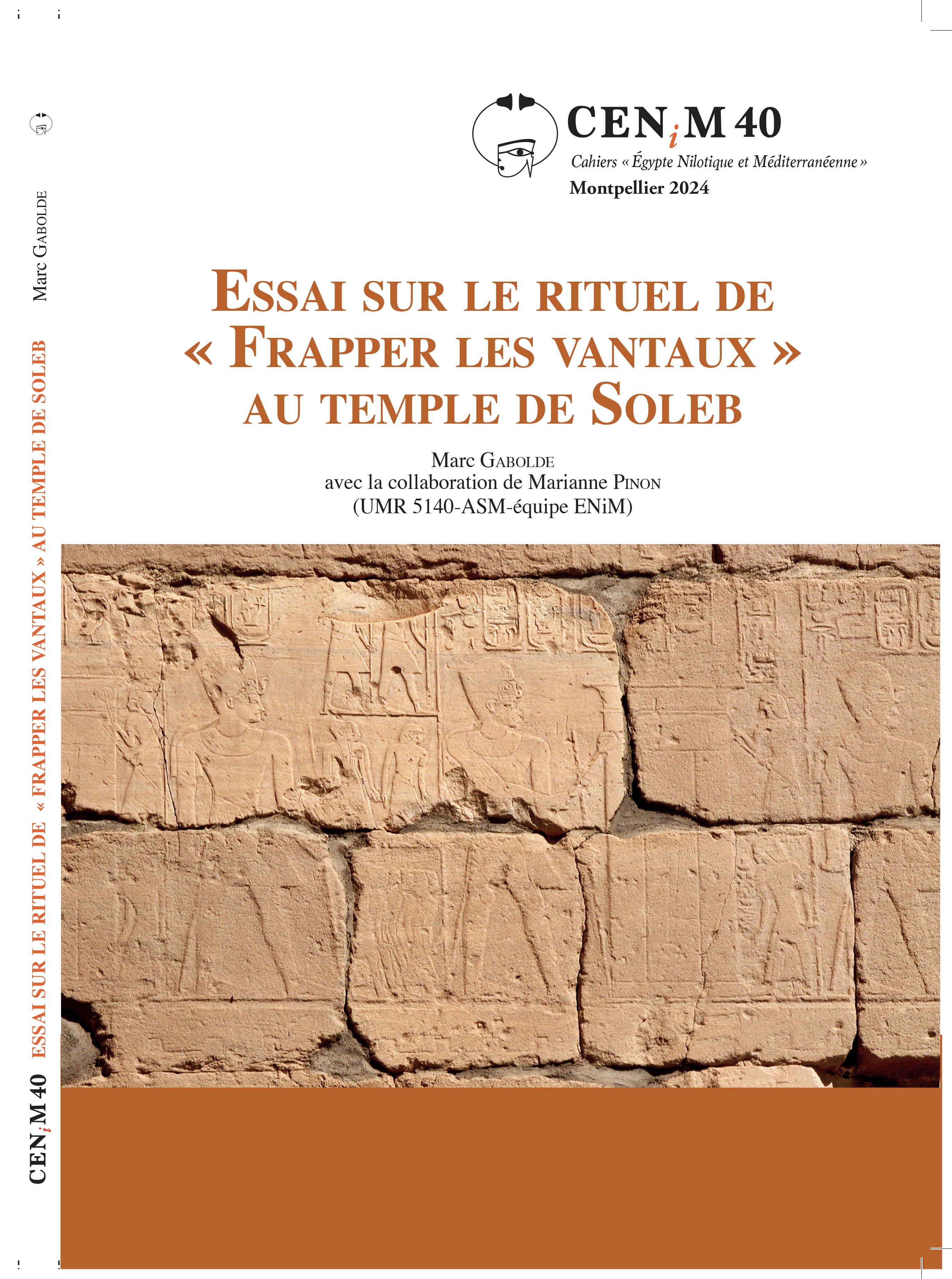
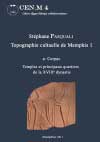
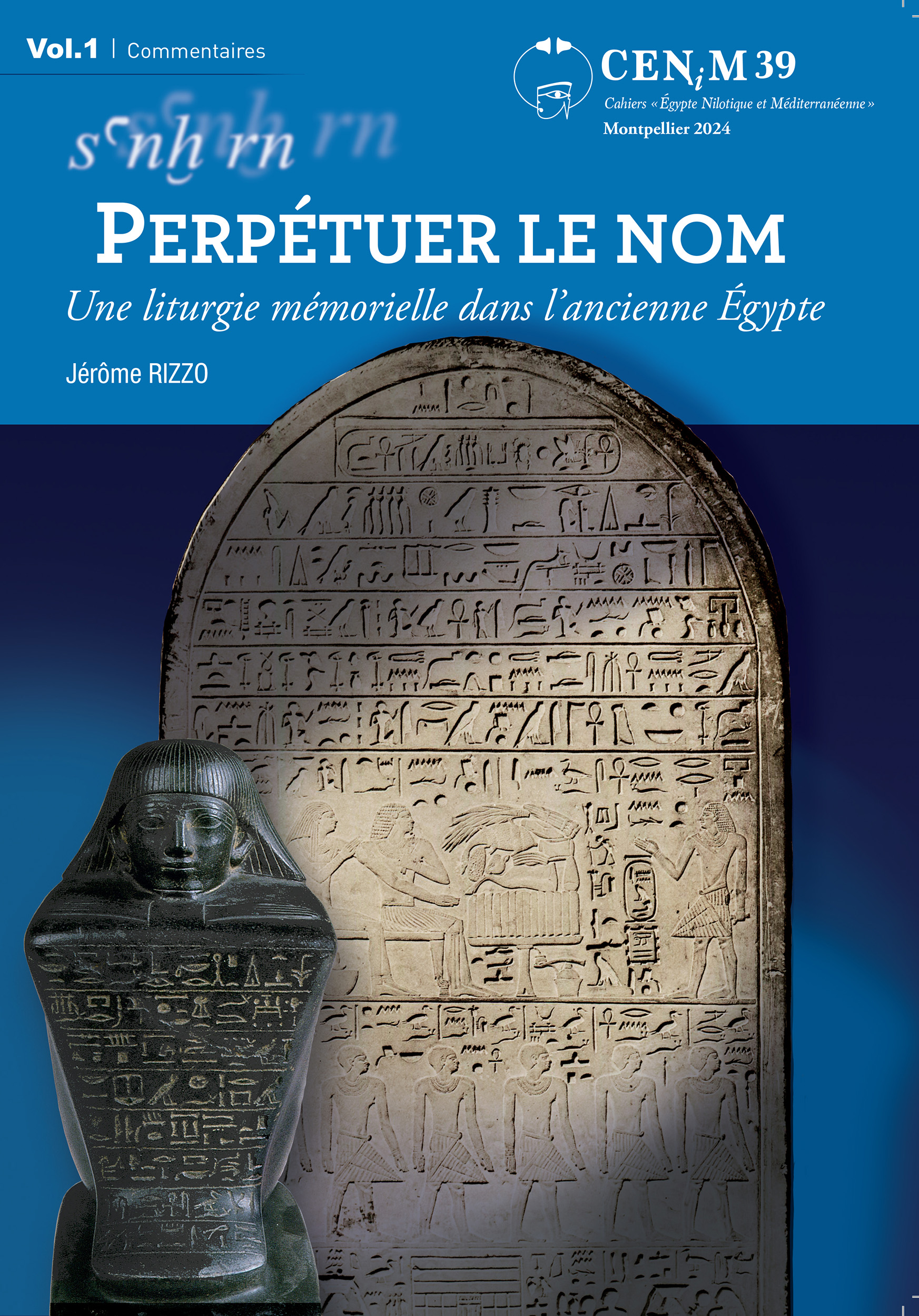
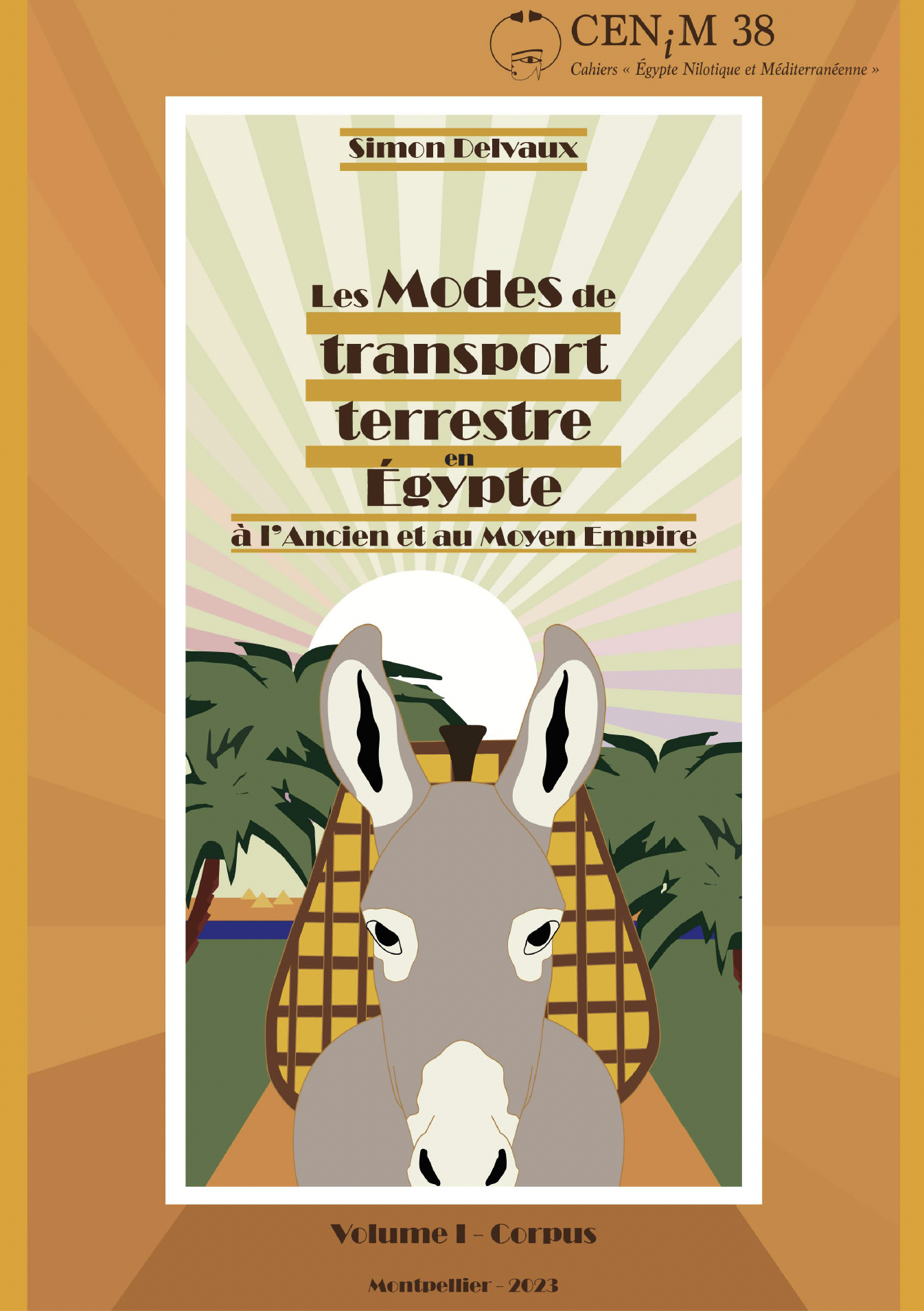
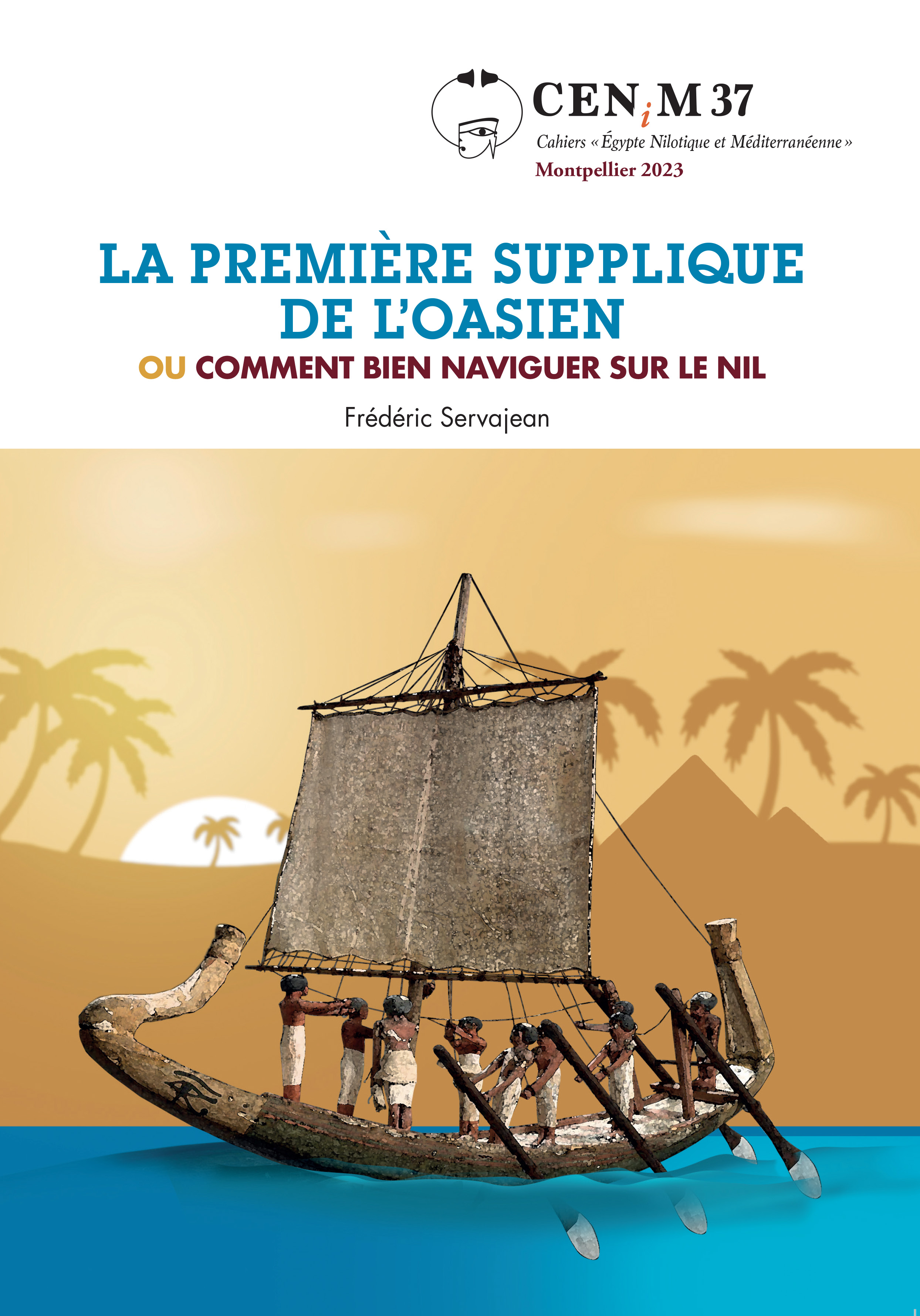
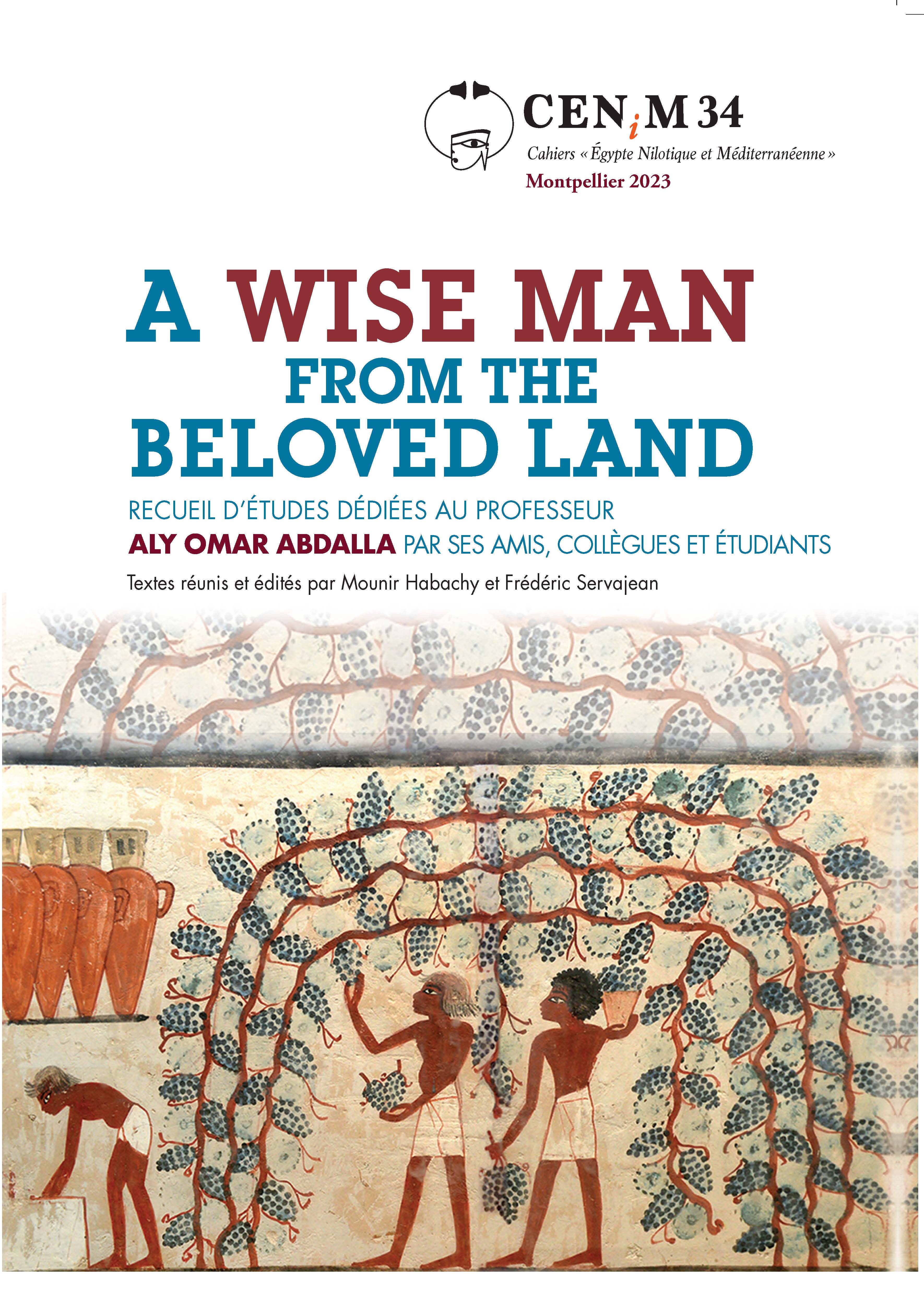
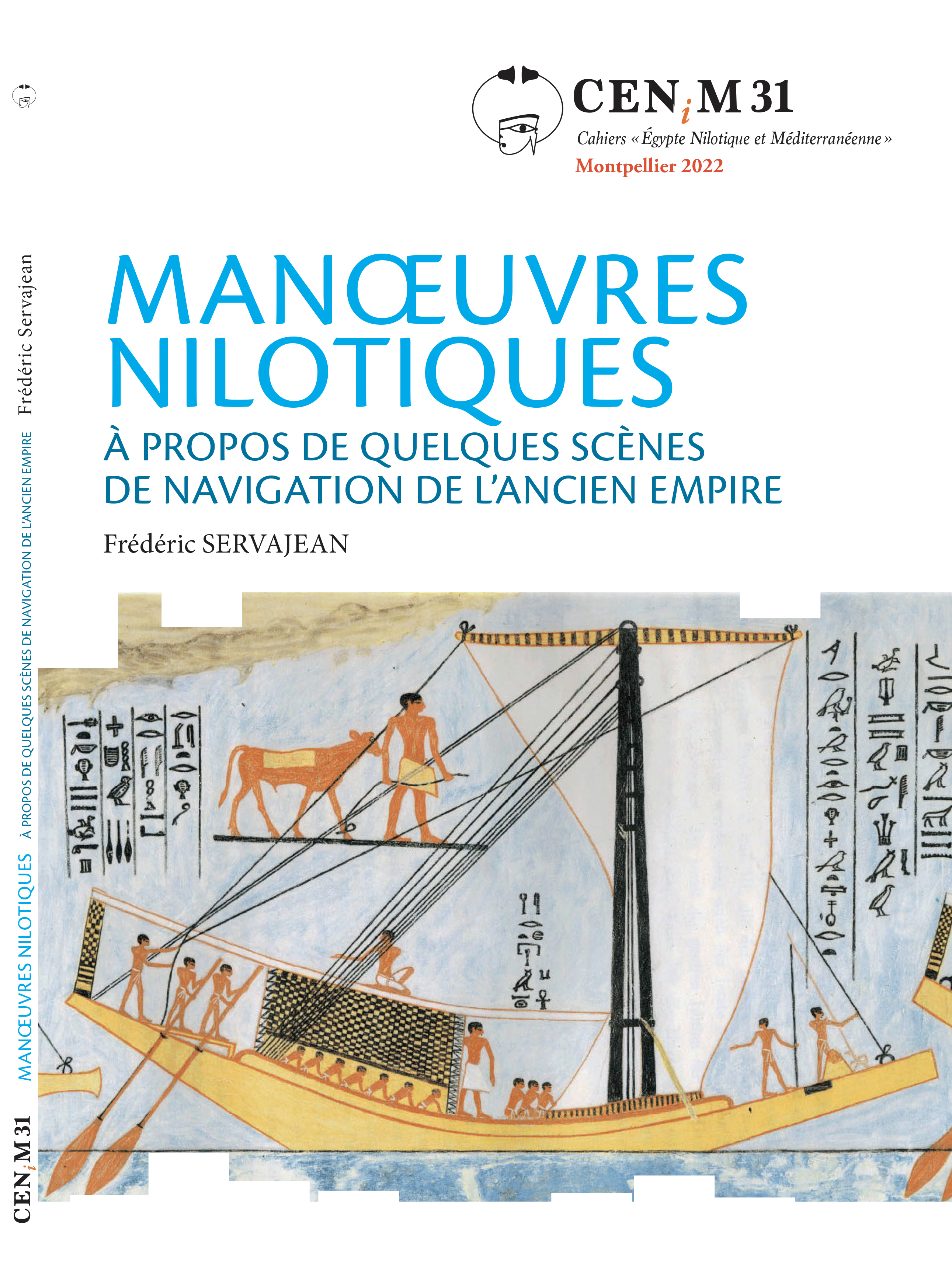
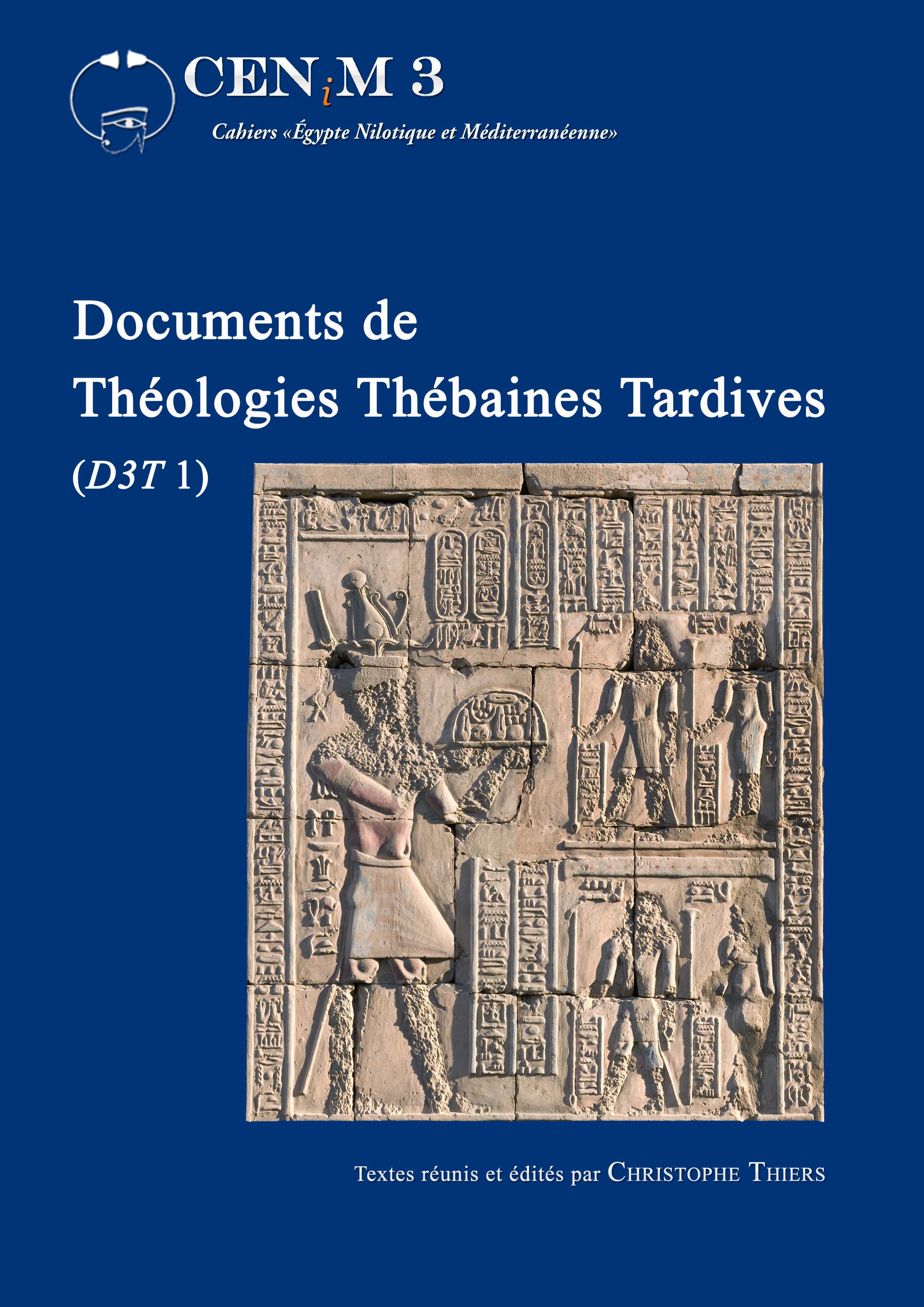
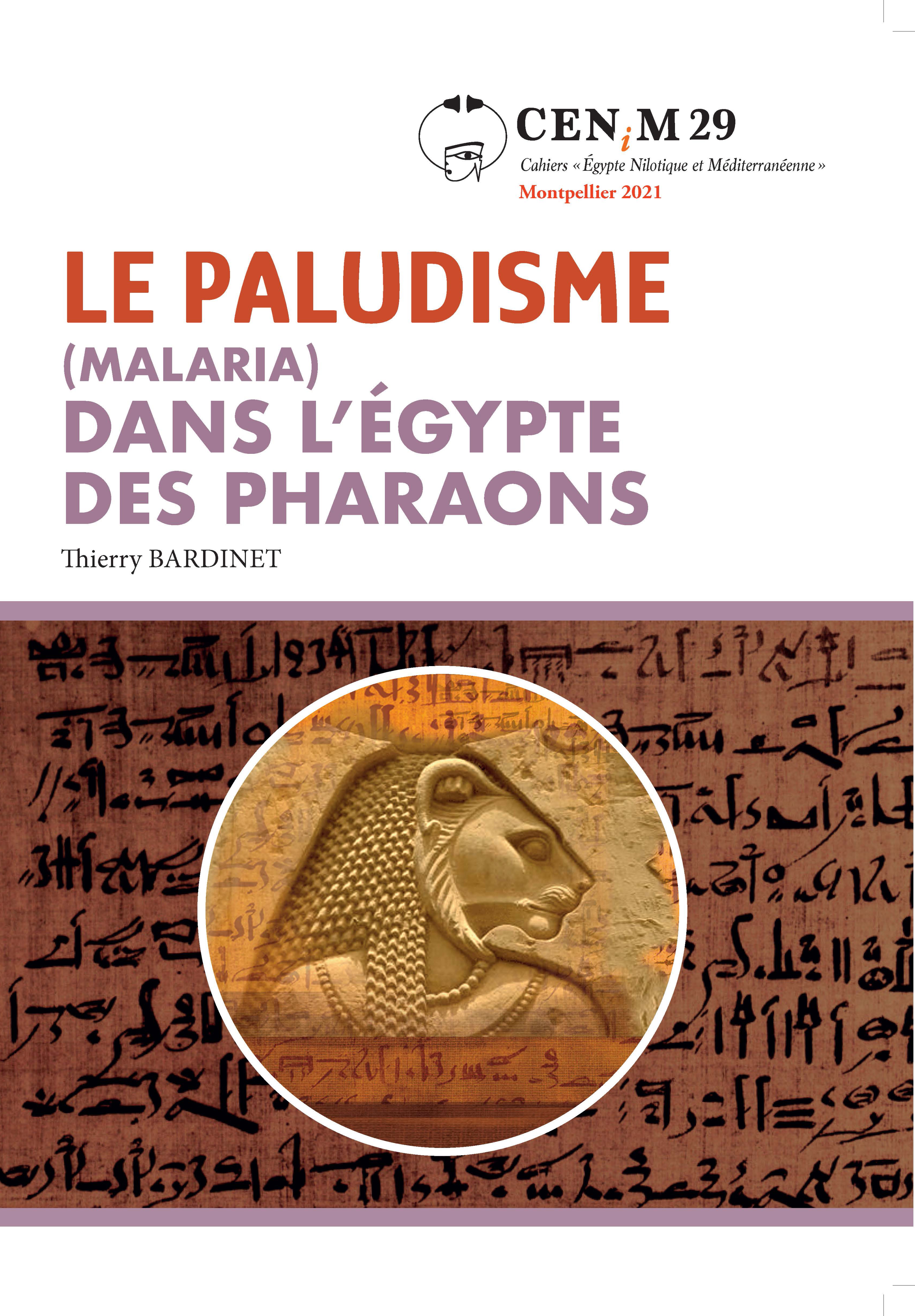
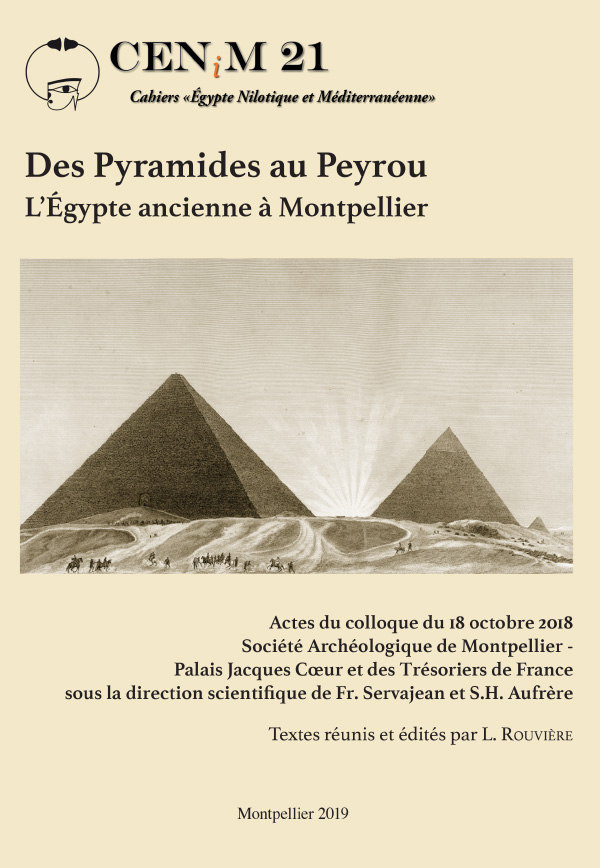
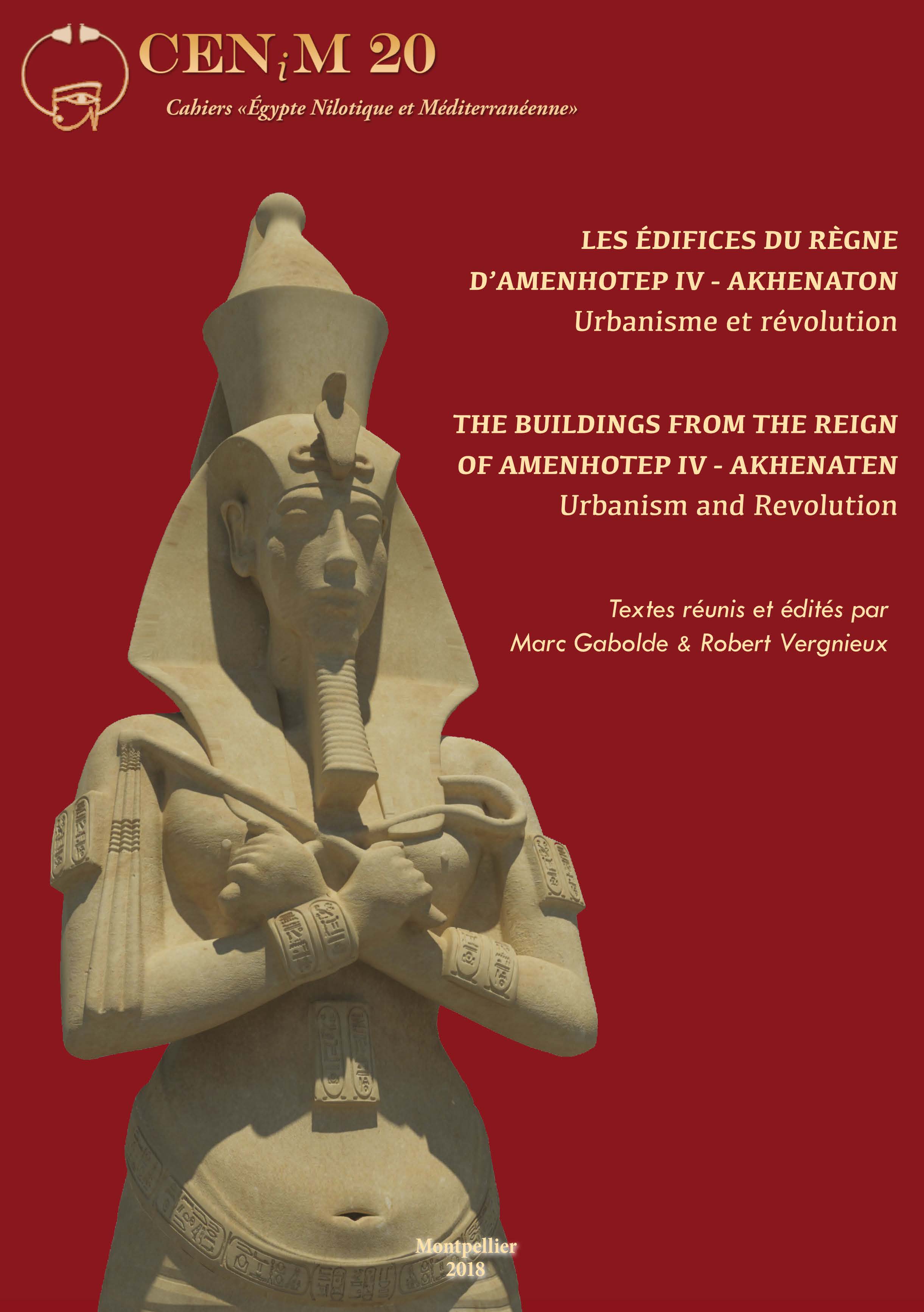
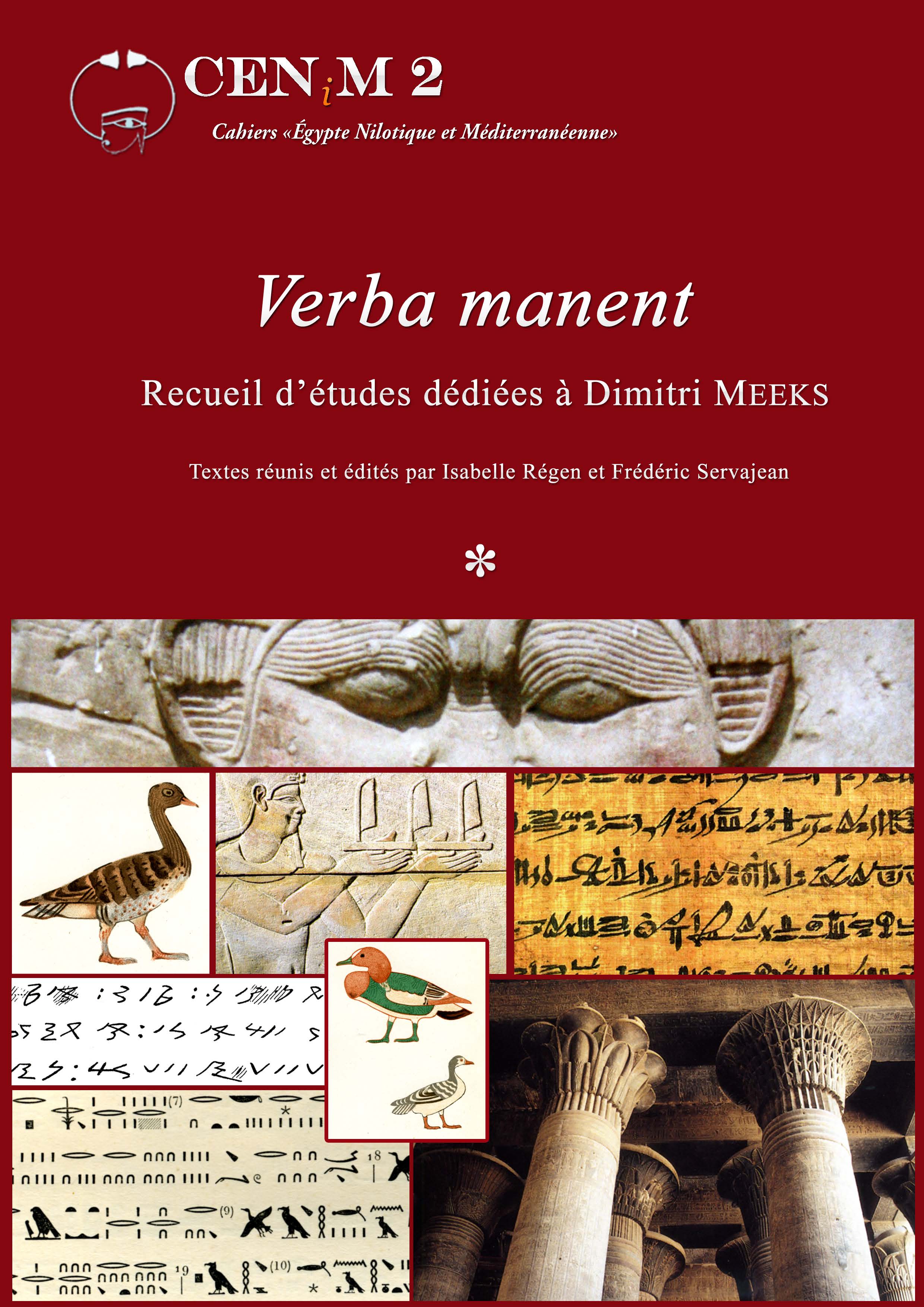
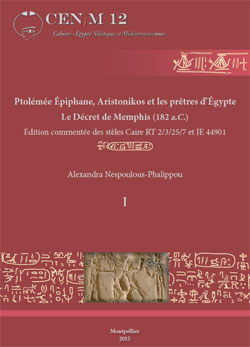
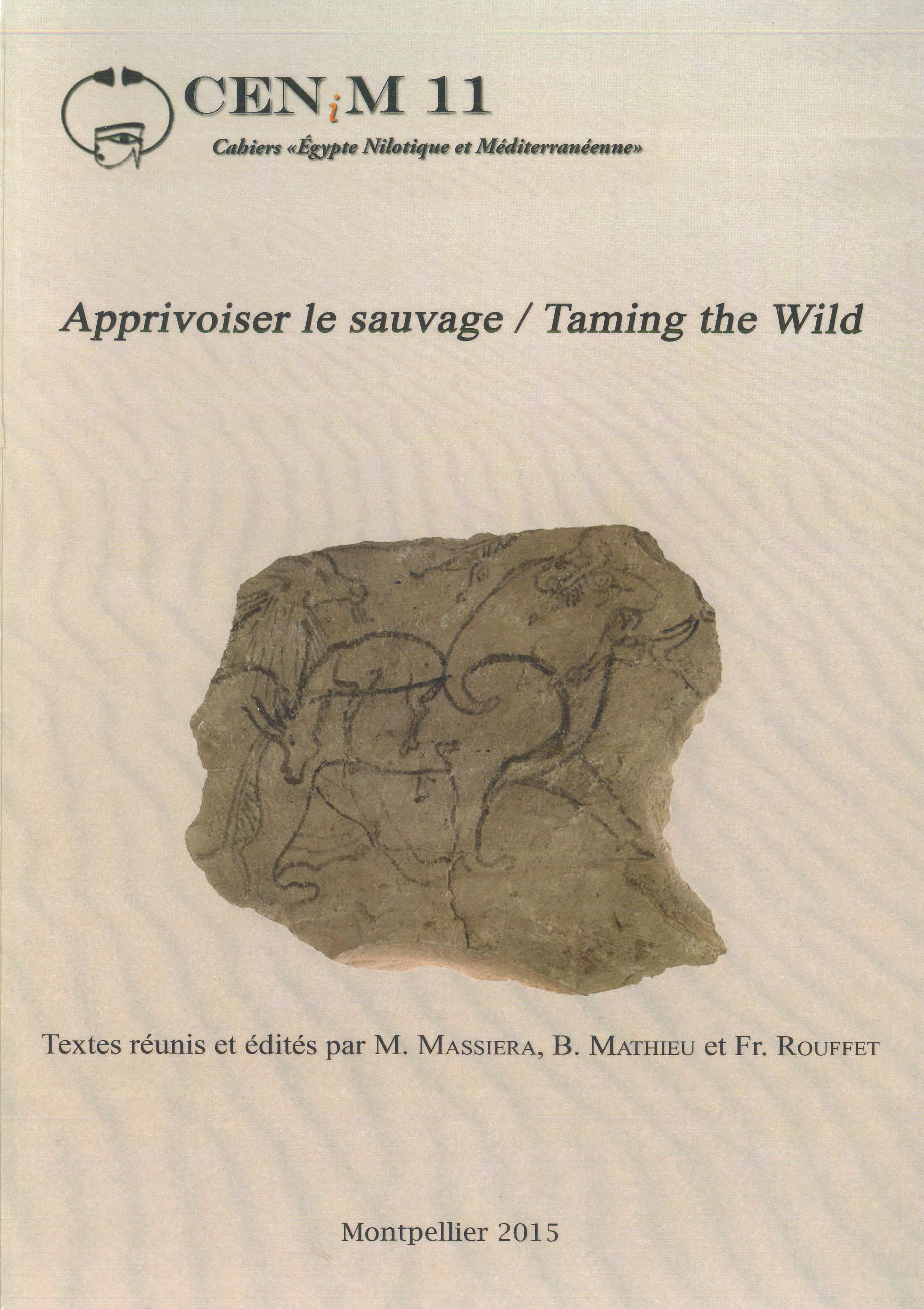
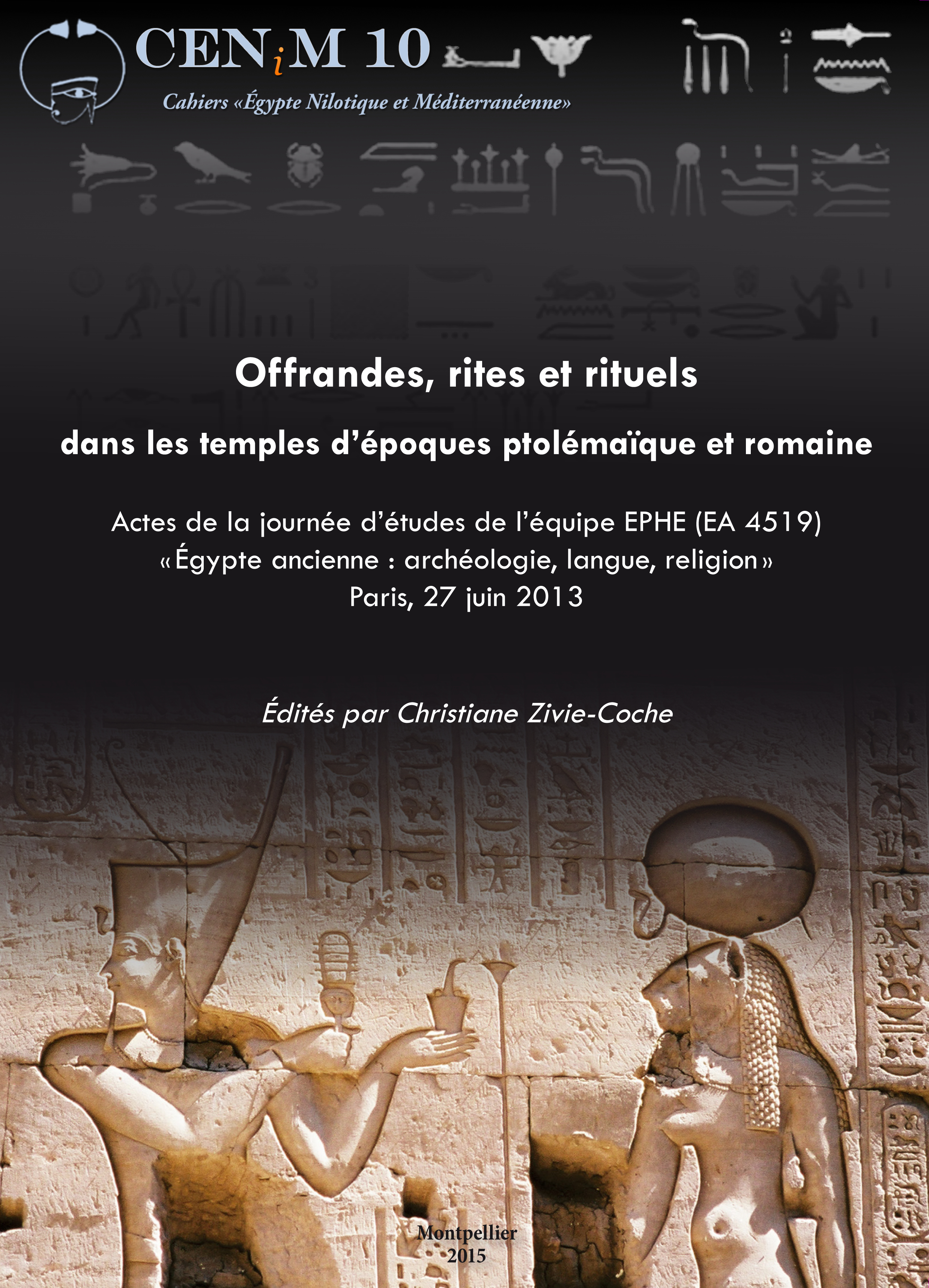
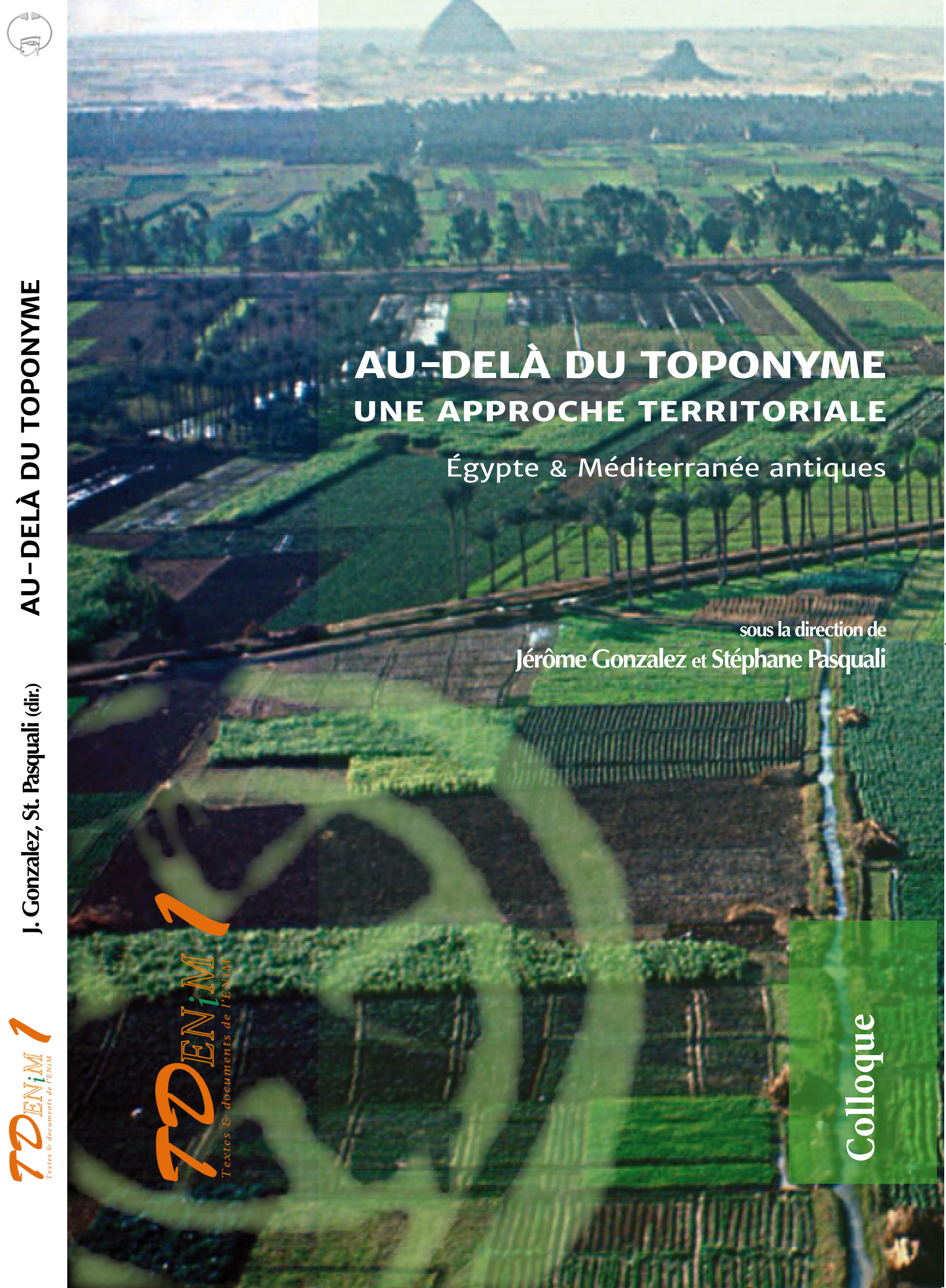
 Contact
Contact
 Abonnez-vous !
Abonnez-vous ! Équipe Égypte Nilotique et Méditerranéenne
Équipe Égypte Nilotique et Méditerranéenne UMR 5140 « Archéologie des Sociétés Méditerranéennes » (Cnrs)
UMR 5140 « Archéologie des Sociétés Méditerranéennes » (Cnrs) Université Paul Valéry - Montpellier III
Université Paul Valéry - Montpellier III